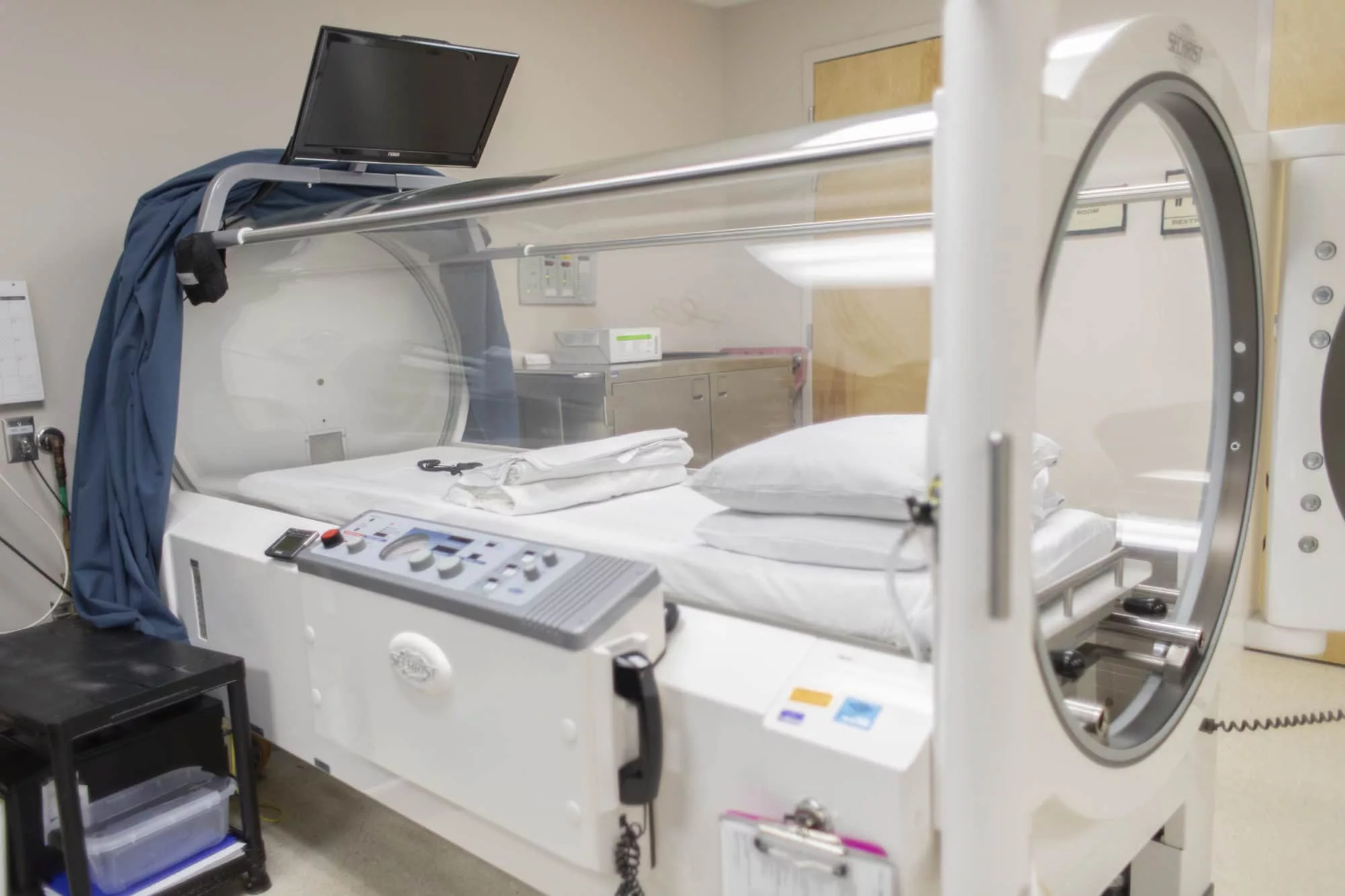 This recent article in The San Francisco Chronicle by health and wellness gurus Deepak Chopra, MD and Shai Efrati, MD discuss the many reasons why aging occurs. While some of the factors that contribute to aging are genetic in nature, many others are “self-induced” through lifestyle and dietary habits. What stands out in this article is the acknowledgment that HBOT is an effective treatment for any injury (including aging) that requires more effective transmission of blood/oxygen supply.
This recent article in The San Francisco Chronicle by health and wellness gurus Deepak Chopra, MD and Shai Efrati, MD discuss the many reasons why aging occurs. While some of the factors that contribute to aging are genetic in nature, many others are “self-induced” through lifestyle and dietary habits. What stands out in this article is the acknowledgment that HBOT is an effective treatment for any injury (including aging) that requires more effective transmission of blood/oxygen supply.
For the BART Foundation, this widespread, public acknowledgment is welcome! Hyperbaric Oxygen Therapy (HBOT) is one of the safe, alternative therapies the BART Foundation believes may help brain injury survivors. Perhaps if HBOT becomes more widely accepted as a treatment option for many conditions associated with aging, TBI/ABI survivors will be able to gain better access to this life-changing treatment.
While the article is lengthy, here are a few sections that speak directly to HBOT.
“Aging would be slowed down or reversed at the cellular level if cells could regenerate themselves as efficiently as they did when we were children. Over time, this ability to regenerate declines. The most common bottleneck faced by the “normal aging” population is related to blood vessel potency and blood/oxygen supply. Just like the pipes in our houses, which develop certain blockages and corrosion over time, the atherosclerosis process results in the narrowing of our blood vessels. As a result, oxygen supply to specific tissues and organs is deprived. Deprivation of oxygen limits the cells from generating the energy needed for their full performance and inhibits the tissue’s ability to perform its regenerative and repair duties.
This problem has been apparent for some time. But now it can be solved using new protocols of HyperbaricOxygen Therapy (HBOT). By using the newly investigated protocols of HBOT, the amount of oxygen delivered through the blood vessels can be increased 17-fold, so that sufficient oxygen can bypass the occluded/narrowed blood vessels.
The most potent trigger for the induction of the regenerative process in the body is hypoxia i.e. lack of oxygen. While sensing hypoxia the body, at the cellular level, realizes that damage might have occurred and as a result, it triggers a cascade of events that includes stem cells proliferation (replication) and migration of stem cells to the injured site. These stem cells have the flexibility to differentiate and replace the damaged tissue. Along with the aging process, the amount and potency of stem cells declines and this become the second common bottleneck after blood vessel occlusion.”
Visit The San Francisco Chronicle for the full article.
